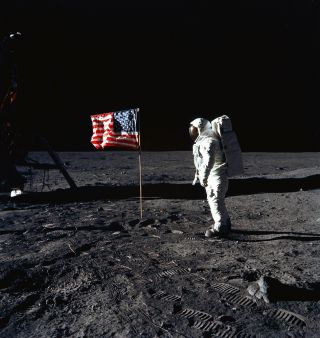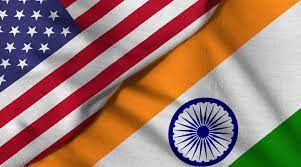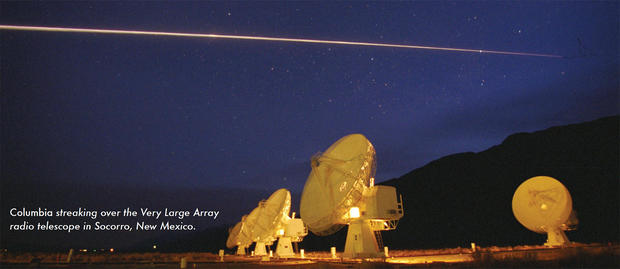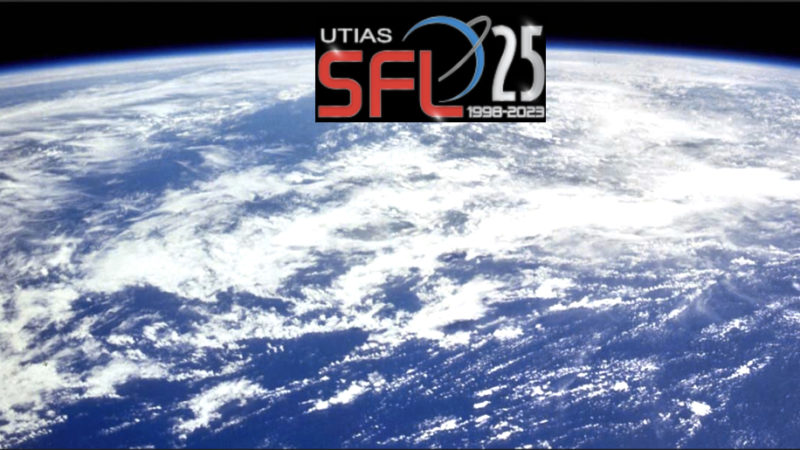What Was the Space Race? – Space.com
The space race was a series of competitive technology demonstrations between the United States and the Soviet Union, aiming to show superiority in spaceflight. It was an outgrowth of the mid-20th-century Cold War, a tense global conflict that pitted the ideologies of capitalism and communism against one another, according to an online exhibit from the National Air and Space Museum.
How the space race began
The opening salvo of the space race was the launch of the Soviet satellite Sputnik 1 on Oct. 4, 1957. The U.S. government had already been planning to launch its own artificial satellite, and members of the public were shocked when they saw that the Soviet Union, which had been devastated during World War II, was able to achieve this milestone first, NASA wrote on the 60th anniversary of the launch.
The Soviets followed up with another triumph less than a month later with the launch of Sputnik 2, which carried a dog named Laika. It wasn’t until the next year, 1958, that the Americans had their first achievement in the space race, launching a satellite called Explorer 1. That same year, NASA was founded and publicly announced the creation of a program to send human passengers into space.
Still, for much of the first half of the space race, the Soviet Union was considered to be ahead. Its engineers accomplished many firsts, including the first mission to leave Earth orbit, Luna 1; the first probe to reach the moon, Luna 2; and the first spacecraft to head toward Venus, Venera, which stopped responding a week after its launch.
On April 12, 1961, the Soviets obtained another spectacular victory with the successful flight of Yuri Gagarin, the first person to fly in space. After returning to Earth, Gagarin was celebrated as an international hero. Gagarin beat the first American, Alan Shepard, into space by less than a month. Shepard’s flight took place on May 5, 1961.
A major turning point in the space race occurred that same month, when U.S. President John F. Kennedy stood before legislators in Congress and announced that he had committed NASA to landing people on the moon before the end of the decade. A few months later, at Rice University in Texas, Kennedy delivered his famous “Moon Speech,” where he said, “We choose to go to the moon … in this decade and do the other things, not because they are easy, but because they are hard.”
Who won the space race?
Over the next few years, each side in the space race took several other firsts. The Americans achieved the first interplanetary flyby when Mariner 2 sped past Venus in 1962, followed by the first Mars flyby in 1965 with Mariner 4. The Soviets sent the first woman into space, Valentina Tereshkova, in 1963 (a feat that would take the U.S. 20 more years to achieve). Other nations launched their own rockets and satellites, including Canada in 1962, France in 1965, and Japan and China in 1970.
But these countries’ successes were mere sideshows in what came to be the main event of the space race: NASA’s Apollo program. Following the achievements of the crewed Mercury and Gemini programs, NASA engineers embarked on a series of missions to place human footprints on the moon.
The program got off to a horrific start on Jan. 27, 1967, when all three astronauts in the Apollo 1 capsule were killed during a launch rehearsal test that sparked a huge fire. But that catastrophic failure generated extensive redesigns of the spacecraft and a commitment to ensuring that the crew did not die in vain.

Apollo 11 lunar module pilot Buzz Aldrin stands on the moon near the American flag during NASA’s historic first manned moon landing on July 20, 1969. Apollo 11 commander Neil Armstrong took the photo. NASA’s successful Apollo program meant the U.S. was widely considered the winner of the space race.
(Image credit: NASA)
Just over a year later, on Oct. 11, 1968, NASA launched its first Apollo astronauts into space aboard a Saturn I rocket for the 11-day Apollo 7 mission. This was followed two months later by Apollo 8, which sent a crew around the moon and back to Earth. Meanwhile, the Soviets were continuing to build up their spaceflight capabilities, but by the time of Apollo 8, repeated disasters had caused their moon program to lose momentum.
In 1969, NASA launched Apollo 9, which conducted critical tests of its lunar module in Earth orbit; and Apollo 10, which all but landed on the moon, bringing its crew within a few miles of the lunar surface. Then, on July 20, 1969, the space race reached its peak when Neil Armstrong and Buzz Aldrin landed on the moon and walked on its surface during the Apollo 11 mission.
Though there were additional American and Soviet missions, after the successes of the Apollo program, the space race was widely believed to have been won by the U.S. Eventually, as the Cold War wound down, both sides agreed to cooperate in space and construct the International Space Station beginning in 1998.
Is there a current space race?
Some observers, including U.S. Vice President Mike Pence, have declared that America is now in a new space race with up-and-coming global superpowers like China and India, as well as old rivals like Russia. But most space policy experts who have spoken to Space.com don’t think that Pence’s arguments hold much water.
“The Russians don’t have a stated public interest in going to the moon with human spaceflight,” Wendy Whitman Cobb, a political scientist at Cameron University in Oklahoma, told Space.com. “[The Chinese] have taken a purposefully slow, methodical approach to spaceflight and for them, I think the motivations are more in the military and national-prestige realms.”
The world is much more complex today than it was during the Cold War, when two major superpowers vied for dominance. Now, private companies, such as Elon Musk’s SpaceX and Jeff Bezos’ Blue Origin, have joined in a new contest to show off their spaceflight capabilities, according to the BBC. While there are some competitive aspects, such as the potential for fights over limited lunar resources, tomorrow’s space races will involve a greater number of actors and more muddled win-lose scenarios than before.
Additional resources:
- Watch: Neil Armstrong on ‘The Space Race,’ from NASA Video.
- Read more about the space race from Smithsonian Magazine.
- Learn why the Soviet Union lost the space race, according to Forbes.






